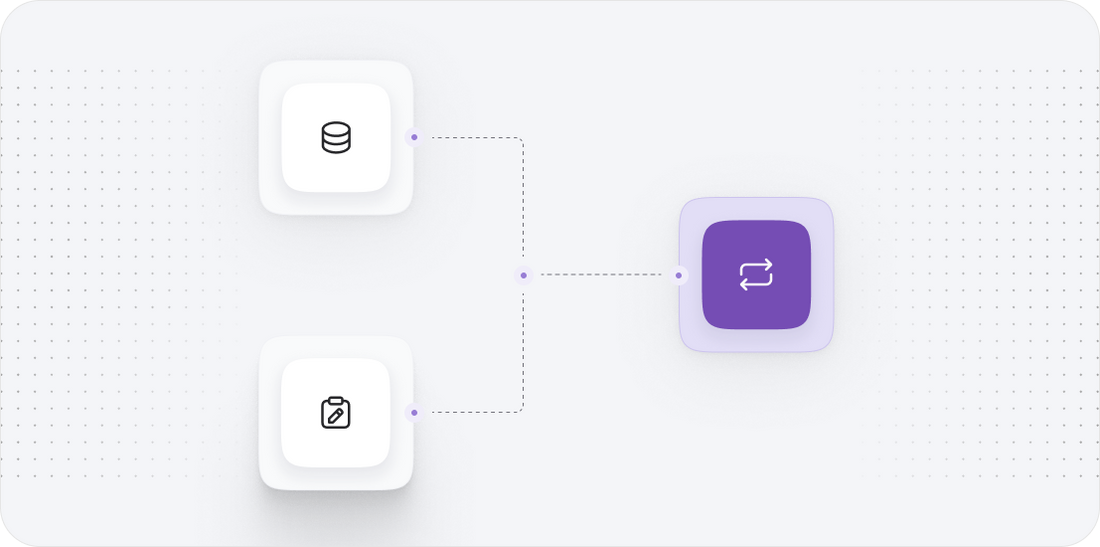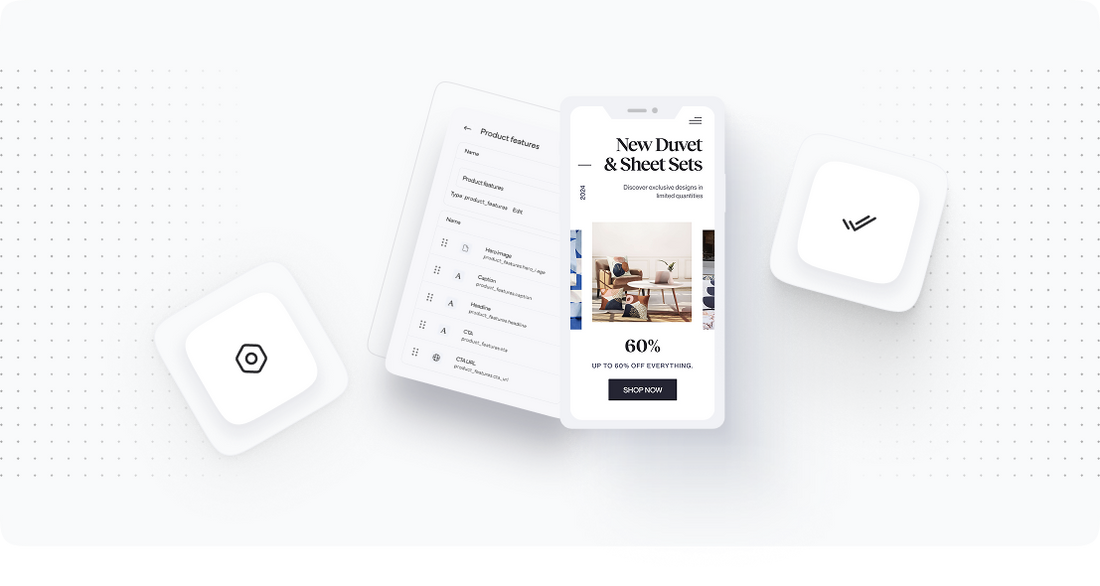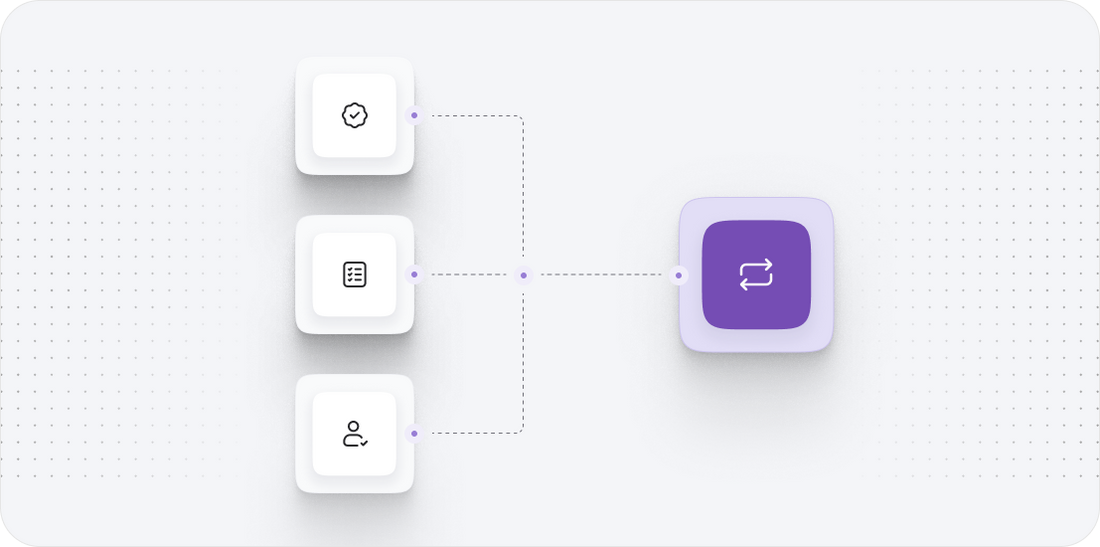





Ecwid to Drupal commerce
Migrating your store from Ecwid to Drupal commerce might seem daunting, but with proper planning and the right tools, it's a smooth process. Follow this step-by-step guide to ensure a successful transition.
Schedule a call
Step-by-Step Migration Guide: Ecwid to Drupal Commerce migration guide
Step 1: Prepare Your Existing Ecwid Store
In this step, we prepare your Ecwid store for migration by thoroughly assessing its current setup, taking a complete backup of your data, and ensuring all necessary configurations are in place.
Step 2: Set Up Your Drupal Commerce Environment
In this step, we establish your Drupal Commerce environment, ensuring that all necessary modules, themes, and configurations are in place to support your migrated store.
Step 3: Migrate Product Data to Drupal Commerce
In this step, we focus on transferring all product data from your Ecwid store to Drupal Commerce, ensuring that all essential information is accurately imported.
Step 4: Transfer Customer Data to Drupal Commerce
In this step, we migrate your existing customer data to ensure a seamless transition and maintain customer relationships after the migration.
Step 5: Configure Payment and Shipping Settings
In this step, we configure the necessary payment and shipping settings in your new Drupal Commerce store to ensure a seamless shopping experience.
Step 6: Optimize Your Drupal Commerce Store
In this step, we focus on optimizing your new Drupal Commerce store to enhance performance, user experience, and conversion rates.
Step 7: Launch Your New Drupal Commerce Store
In this step, we prepare for the official launch of your new Drupal Commerce store, ensuring that all systems are go for customers.
Power Your Step - Get in Touch
Ready to migrate to Drupal Commerce? Contact PowerCommerce today to leverage our expert support for a seamless migration experience.
Step 1: Prepare Your Existing Ecwid Store
Before we begin migrating from Ecwid to Drupal Commerce, it is crucial to prepare your existing Ecwid store. This preparation step serves multiple purposes, including safeguarding your data and ensuring a smooth transition to the new platform.
We start by conducting a comprehensive assessment of your current Ecwid setup. This includes reviewing all product listings, customer data, and any existing custom configurations. Understanding the structure and content of your store will help us plan the migration process effectively.
Next, we take a complete backup of your Ecwid store data. This step is vital to prevent data loss during the migration process. The backup should include:
- Product Data: Export all product information, including descriptions, prices, images, and inventory levels.
- Customer Information: Backup all customer details, including names, email addresses, and order history.
- Order History: Export historical order data to maintain continuity for your customers.
- Site Configurations: Document all settings and configurations you have in your Ecwid store.
To create a backup of your data, you can use the export functionality provided by Ecwid. Navigate to the Ecwid dashboard, go to the 'Settings' section, and find the 'Export' options. We recommend saving this data in a secure location.
Finally, after backing up your data, we ensure that all necessary configurations are in place for the migration. This includes checking the compatibility of your product formats and ensuring that all required fields are correctly set up in your Ecwid store.

Step 2: Set Up Your Drupal Commerce Environment
Once your Ecwid store is prepared, the next step is to set up your Drupal Commerce environment. Proper setup is essential as it lays the foundation for how your new online store will function and interact with your existing data.
We start by installing Drupal on your selected hosting environment. If you haven't chosen a host yet, consider one that supports Drupal and offers scalability, reliability, and speed. The installation process involves:
- Downloading the latest version of Drupal from the official website.
- Uploading the files to your hosting account via FTP or using a hosting control panel.
- Creating a new MySQL database and user for Drupal.
- Running the installation script by navigating to your domain in a web browser.
After installing Drupal, we proceed to install the necessary modules for Drupal Commerce. Key modules to include are:
- Commerce: The core module that provides all the necessary ecommerce functionalities.
- Commerce Product: For managing your products effectively.
- Commerce Checkout: To handle the checkout process seamlessly.
- Commerce Shipping and Payment: For setting up shipping options and payment gateways.
Next, we choose a suitable theme that aligns with your brand and enhances user experience. There are numerous Drupal Commerce themes available that are responsive and customizable.
Finally, we configure the basic settings of your Drupal Commerce store, including currency, language, and tax settings. This foundational setup ensures that your store is ready to receive data from your Ecwid store.

Step 3: Migrate Product Data to Drupal Commerce
With your Drupal Commerce environment set up, the next critical step is migrating your product data from Ecwid. This process involves several technical considerations to ensure that all product information is accurately transferred and formatted correctly for Drupal Commerce.
We begin by exporting the product data from your Ecwid store as a CSV file. This file will typically include:
- Product names
- Descriptions
- Prices
- SKU numbers
- Inventory levels
- Product images
- Categories
After exporting, we need to prepare this CSV file for import into Drupal Commerce. This preparation may involve:
- Editing the CSV file in a spreadsheet application to match the required format for Drupal Commerce.
- Ensuring that all necessary fields are present and correctly named according to Drupal Commerce's import specifications.
- Adding any additional information such as product tags or attributes that will enhance the product listings.
Once the CSV file is ready, we use the Commerce Product CSV Importer module available in Drupal Commerce. This module allows us to import the prepared CSV file directly into the Drupal Commerce system. Here’s how we do it:
- Navigate to the import section of the Commerce Product module.
- Upload your prepared CSV file.
- Map the fields in the CSV to the corresponding fields in Drupal Commerce.
- Begin the import process and monitor for any errors or issues that may arise.
After the import is complete, we thoroughly review the product listings in your Drupal Commerce store to ensure that all data has been imported accurately. This includes checking product images, descriptions, and inventory levels.

Step 4: Transfer Customer Data to Drupal Commerce
With product data successfully migrated, the next step involves transferring your customer data from Ecwid to Drupal Commerce. Maintaining your customer base is vital for ongoing sales and engagement, so this step must be executed with care.
We begin by exporting your customer data from Ecwid. Similar to the product migration, we will export the data as a CSV file. This file should include:
- Customer names
- Email addresses
- Shipping addresses
- Order history
- Any customer notes or preferences
Once we have the CSV file, we need to format it appropriately for import into Drupal Commerce. This may include:
- Ensuring that email addresses and names are correctly formatted.
- Mapping fields to match the customer entity structure in Drupal Commerce.
- Adding any additional information that may enhance customer profiles.
To import the customer data, we can use the Commerce Customer CSV Importer module in Drupal Commerce:
- Access the import section of the Commerce Customer module.
- Upload the customer CSV file.
- Map the fields in the CSV to the corresponding fields in Drupal Commerce.
- Initiate the import and monitor for any errors.
After importing the customer data, we must verify the integrity of the data. This includes checking that all customer details are accurate and that order histories, if applicable, are correctly associated with the respective customers.

Step 5: Configure Payment and Shipping Settings
With both product and customer data migrated, the next crucial step is to configure payment and shipping settings in your Drupal Commerce store. These configurations are essential for facilitating transactions and ensuring a smooth customer experience.
We begin by setting up payment gateways. Drupal Commerce supports various payment methods, such as:
- Credit card processing (e.g., Stripe, PayPal)
- Direct bank transfers
- Third-party payment processors
To configure payment gateways, we navigate to the payment settings in Drupal Commerce, where we can:
- Select the desired payment methods that align with your business needs.
- Follow the integration instructions provided for each payment gateway, which typically involve entering API keys and configuring payment options.
- Test the payment methods to ensure they are functioning correctly.
Next, we move on to shipping settings. Configuring shipping options is critical for managing how products are delivered to customers. Key configurations include:
- Defining shipping regions and rates based on your target markets.
- Setting up shipping methods (e.g., flat rate, free shipping, calculated rates).
- Integrating with shipping carriers (e.g., UPS, FedEx) if required.
We navigate to the shipping settings in Drupal Commerce and follow a similar process:
- Choose the shipping methods to offer to your customers.
- Define the shipping rates and configure any necessary integrations.
- Conduct test orders to validate that shipping calculations work as expected.
By the end of this step, we will have a fully configured payment and shipping system, ready for customer transactions.

Step 6: Optimize Your Drupal Commerce Store
Now that the core migration process is complete and essential settings are configured, the next step is to optimize your new Drupal Commerce store. Optimization plays a vital role in improving site performance, user experience, and ultimately, conversion rates.
We begin by reviewing the site’s speed and performance. Several techniques can be employed for optimization:
- Enable Caching: Utilize Drupal’s caching capabilities to reduce loading times for returning visitors.
- Optimize Images: Ensure that all product images are compressed and properly sized to enhance page load speeds.
- Minify CSS and JavaScript: Reduce the size of CSS and JavaScript files to improve loading times.
Next, we focus on enhancing the user experience:
- Improve Navigation: Ensure that your site’s navigation is intuitive and user-friendly, allowing customers to find products easily.
- Optimize Checkout Process: Streamline the checkout process to minimize cart abandonment rates.
- Implement Responsive Design: Ensure that your site is fully responsive and provides a seamless experience on mobile devices.
We also integrate SEO best practices to improve your store's visibility:
- Optimize Meta Tags: Ensure that all product pages have optimized title and meta description tags.
- Set Up URL Redirects: Create 301 redirects from your old Ecwid URLs to your new Drupal Commerce URLs to maintain SEO rankings.
- Submit Sitemap: Generate and submit a sitemap to search engines to facilitate better indexing.
Finally, we conduct a thorough testing phase to identify any issues before launch. This includes testing all functionalities, including the checkout process, customer registrations, and product searches, to ensure everything operates smoothly.

Step 7: Launch Your New Drupal Commerce Store
The final step in our migration process is to prepare for the official launch of your new Drupal Commerce store. This phase is crucial as it marks the transition from your old Ecwid store to your new platform, and careful planning will ensure a successful launch.
We begin by conducting a final review of the site to ensure everything is in place. This includes:
- Double-checking all product listings: Ensure that all products are displayed correctly, with accurate descriptions, prices, and images.
- Testing the checkout process: Perform test transactions to verify that all payment and shipping configurations work seamlessly.
- Reviewing customer accounts: Ensure that all customer accounts and order histories have been accurately migrated.
Next, we prepare for the actual launch:
- Set a Launch Date: Choose a date and time for the launch that minimizes disruption to your customers.
- Notify Customers: Consider notifying your existing customers about the migration and any new features they can expect.
- Monitor Traffic: Use analytics tools to monitor traffic and user behavior immediately after launch.
On launch day, we will perform a final check of the site and be prepared to address any immediate issues that may arise. Once live, we continue to monitor the site closely for performance and customer feedback.

Power Your Step - Get in Touch
Are you ready to take your ecommerce business to the next level by migrating to Drupal Commerce? At PowerCommerce, we specialize in providing expert support for seamless migrations that enhance performance and drive sales.
With our extensive experience and commitment to customer success, we ensure that your migration process is smooth and efficient. Don't hesitate to reach out to us to discuss your migration needs:
- Visit our contact page at https://powercommerce.com/contact to fill out our contact form.
- Call us directly at 800-099-9090 for immediate assistance.
- Email us at info@powercommerce.com with your questions or to request a consultation.
Our team is here to assist you every step of the way, ensuring that your transition to Drupal Commerce is not only successful but also empowering for your business. Let's get started on your migration journey today!
Stay aligned on what's happening in the commerce world
Trusted by 1000+ innovative companies worldwide
Schedule Your Migration Today
For businesses prioritizing simplicity, scalability, and robust support, Shopify is the clear winner.
Looking to migrate without hassle? Power Commerce can handle the entire process, ensuring smooth data transfer, store setup, and post-launch success.
Marka Marulića 2, Sarajevo, 71000 BiH
00387 60 345 5801
info@powercommerce.com


